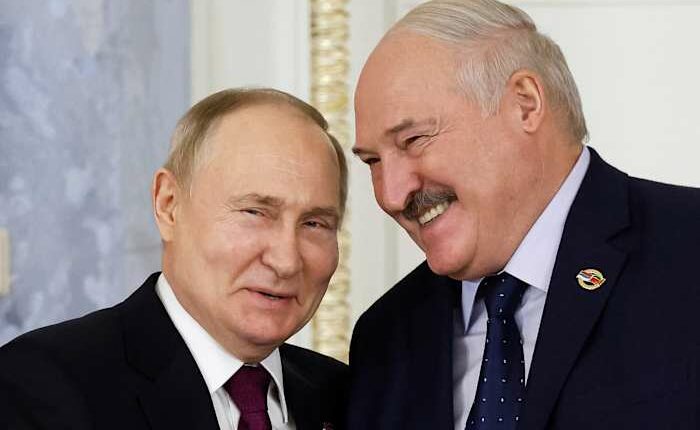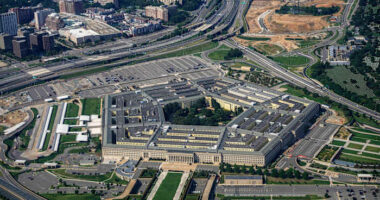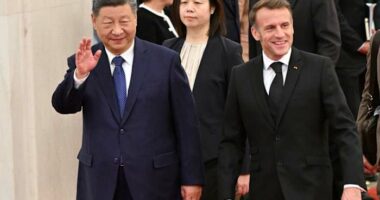Share this @internewscast.com

Russia and Belarus on Friday launched a long-planned joint military exercise involving thousands of troops that has raised concern in the West.
The military exercises known as “Zapad 2025,” meaning “West 2025,” are taking place in both Belarus and Russia and will continue until Tuesday. These maneuvers aim to highlight the strong defense relationship between Moscow and Minsk, as well as to demonstrate Russia’s military strength, especially amidst its ongoing 3½-year conflict in Ukraine.
The drills come on the heels of Russian drones entering Polish airspace earlier in the week, reigniting fears that the conflict in Ukraine might escalate. The Russian military has stated Poland was not the target and Belarus claimed the drones drifted off course. Nevertheless, European leaders viewed it as a deliberate act, compelling NATO allies to address this potential airspace threat for the first time.
The joint exercises between Russia and Belarus have also raised concerns in Kyiv and among Western allies like Latvia, Lithuania, and Poland, all of which share borders with Belarus. When Russian President Vladimir Putin initiated the invasion of Ukraine on February 24, 2022, numerous troops crossed through Belarus after joint exercises held just days earlier.
Initially, Belarusian defense authorities announced that around 13,000 troops would take part in the exercise near its western border. However, in May, the Defense Ministry revised this number, reducing it by nearly half, and stated that the primary drills would be conducted further within the country.
In Moscow, the Defense Ministry announced on Friday that parts of the exercises are scheduled to occur on Russian soil, as well as in the Baltic and Barents Seas.
Last month, Defense Minister Viktor Khrenin indicated that the majority of these drills would take place near the city of Barysaw, roughly 74 kilometers (46 miles) northeast of Minsk. Additionally, some smaller units are expected to engage in simulated defensive operations against a hypothetical enemy in regions near the border with Poland and Lithuania.
Khrenin noted that the troops will practice “planning the use of” Russian nuclear weapons and the new nuclear-capable Oreshnik intermediate range missiles that Moscow has promised to station in Belarus.
In December, Russia and Belarus signed a pact giving Moscow’s security guarantees to its ally, including the possible use of Russian nuclear weapons to help repel any aggression.
Belarus’ President Alexander Lukashenko has allowed Russia to deploy some of its tactical nuclear weapons to his country. Lukashenko also has proposed to host Russia’s latest Oreshnik intermediate-range ballistic missile that Moscow used for the first time in November against Ukraine.
Putin has said that Oreshnik missiles could be deployed to Belarus in the second half of 2025, adding they will remain under Russian control but Moscow will allow Minsk to select targets.
Belarus also sent formal invitations to all member states of the Organization for Security and Cooperation in Europe and nine countries with NATO military attaches in Minsk to monitor the drills.
Lukashenko, who has ruled Belarus with an iron hand for over 30 years, recently signaled willingness to mend his relationship with the West, which has been severely strained for years over his brutal crackdown on dissent and his support for Russia’s war in Ukraine.
The past year has seen regular releases of political prisoners and public calls for a rapprochement with the West. Last month, Lukashenko spoke by phone with Trump, who called him a “highly respected President” in a social media post, a stark contrast from other Western leaders, who have largely shunned the Belarusian.
On Thursday, Belarus freed 52 political prisoners as part of a deal brokered by the United States, which lifted some sanctions on the country’s national airline.
Copyright 2025 The Associated Press. All rights reserved. This material may not be published, broadcast, rewritten or redistributed without permission.














